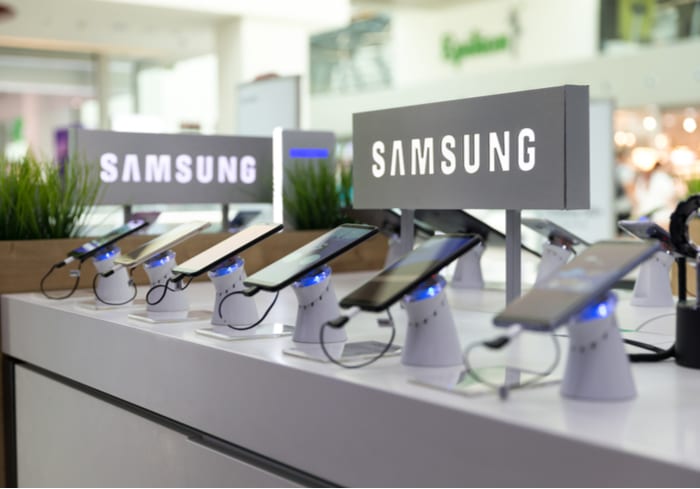Samsung Loses Smartphone Crown to Apple as Sales Hit 10-Year Low

Samsung’s decade-plus reign as the king of the smartphone market is over.
“The last time a company not named Samsung was at the top of the smartphone market was 2010, and for 2023 it is now Apple,” research group IDC said Monday (Jan. 15) in its annual report on the mobile phone market.
“A sort of shifting of power at the top of the largest consumer electronics market was driven by an all-time high market share for Apple and a first time at the top.”
This is happening as smartphone shipments reached their lowest full-year level in a decade, thanks to macroeconomic challenges and excess inventory. Still, IDC said late-2023 trends point to a resurgence in the market for 2024.
Against this backdrop, Apple has emerged as the clear winner, said Nabila Popal, research director with IDC’s Worldwide Tracker team, with the iPhone maker the only player in the top three showing positive year-over-year growth.
“All this despite facing increased regulatory challenges and renewed competition from Huawei in China, its largest market,” Popal said.
“Apple’s ongoing success and resilience is in large part due to the increasing trend of premium devices, which now represent over 20% of the market, fueled by aggressive trade-in offers and interest-free financing plans.”
That’s good news for a company that’s been hearing a lot of bad lately. For example, analysts at Jefferies recently reported that iPhone sales in China had fallen by 30% for the first week of 2024, and projected that the company’s shipment volumes in China will continue dropping by double digits in 2024, while homegrown competitor Huawei sees its market share grow.
And earlier this month, Barclays forecast ongoing weak demand for the iPhone, causing the company’s stock to drop and erasing upwards of $107 billion in market value.
Meanwhile, PYMNTS wrote last week that consumers are growing more comfortable with using their smartphones to make biometric payments, both on Apple and Google devices.
“Nearly half of online shoppers in the U.S. have used some type of biometric authentication method for purchasing online, and around 15% said they are interested in doing so in the future,” that report said. “Facial recognition and fingerprint scans are the most widely used biometrics methods, with more than 1 in 4 consumers using one of these to validate their online transactions on their smartphones.”